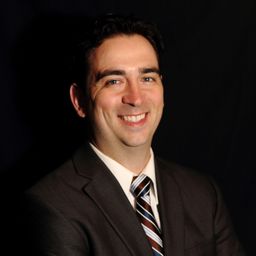Cataract surgery and traffic crashes: Population-based exposure-crossover design
My Session Status
Author Disclosure Block: M.B. Schlenker: Employment/honoraria/consulting fees; Name of Commercial Company(s); Allergan, Alcon, AMO, Light Matter Interaction. D. Thiruchelvam: None. D. Redelmeier: None.
Abstract Body:
Purpose: Cataracts are the most common cause of visual impairment worldwide and may increase the risk of a serious traffic crash. The potential benefits of cataract surgery on reducing a patient’s subsequent risk of a traffic crash are uncertain. We conducted a comprehensive longitudinal analysis testing whether cataract surgery is associated with a reduction in serious traffic crashes where the patient was the driver.
Study Design: Population-based individual-patient self-matching exposure-crossover design.
Methods: Setting: Ontario, Canada, between April 1st, 2006 and March 31st, 2016. Participants: Consecutive patients 65 and older undergoing cataract surgery (n = 559,546). Intervention: First eye cataract extraction surgery (most received second eye soon after). Main Outcome: Emergency department visit for a traffic crash as a driver.
Results: A total of 4,680 traffic crashes (2.36 per 1,000 patients annually) accrued during the three and half-year baseline interval and 1,200 traffic crashes (2.14 per 1,000 patients annually) during the one-year subsequent interval, representing 0.22 fewer crashes per 1,000 patients annually after cataract surgery (odds ratio 0.91; 95% confidence interval 0.84 - 0.97; p = 0.0037). The relative reduction included patients with diverse demographic, ophthalmologic, and medical characteristics. No significant reduction was observed in other outcomes such as traffic crashes where the patient was a passenger or a pedestrian nor in other unrelated serious medical emergencies. Patients with younger age, male gender, a history of crash, more emergency visits, and frequent outpatient physician visits had the highest risk of subsequent traffic crashes.
Conclusions: Cataract surgery is associated with a modest decrease in a patient’s subsequent risk of serious traffic crashes as a driver.
